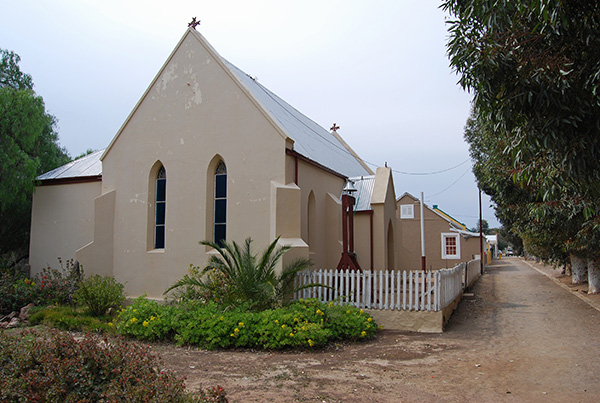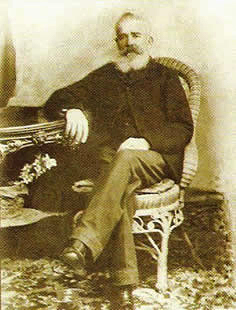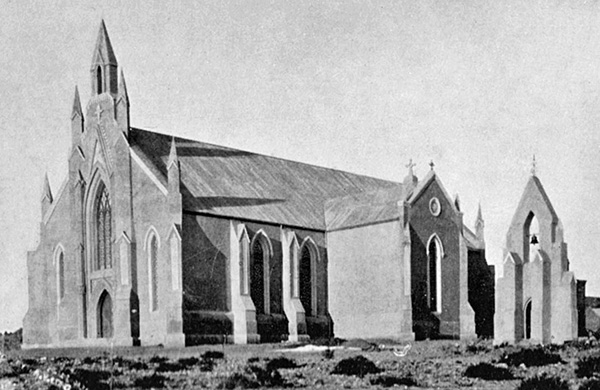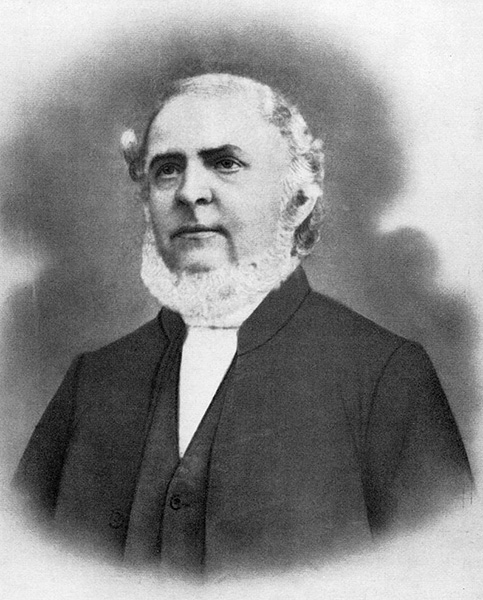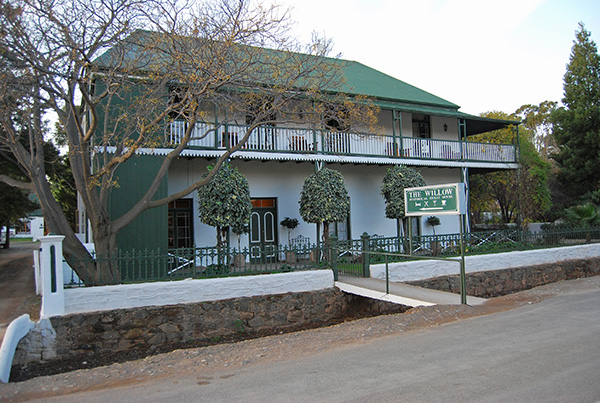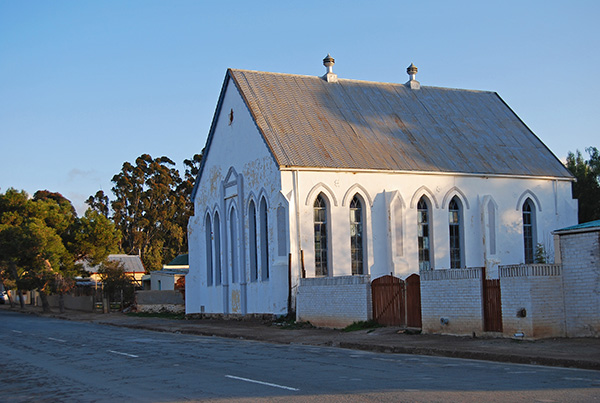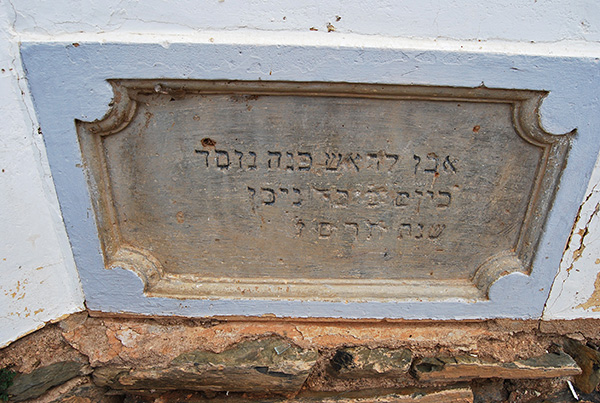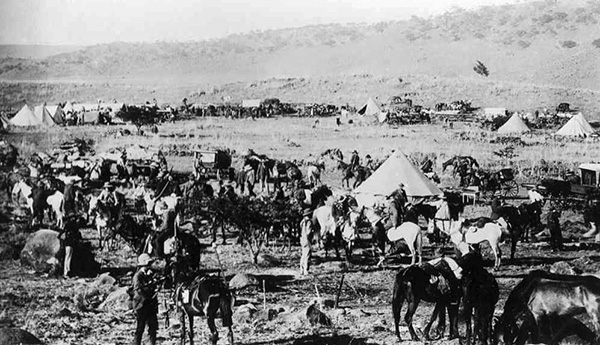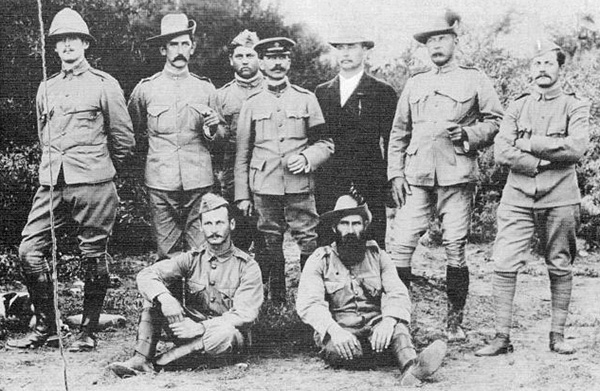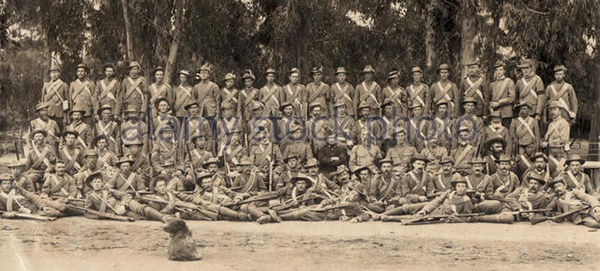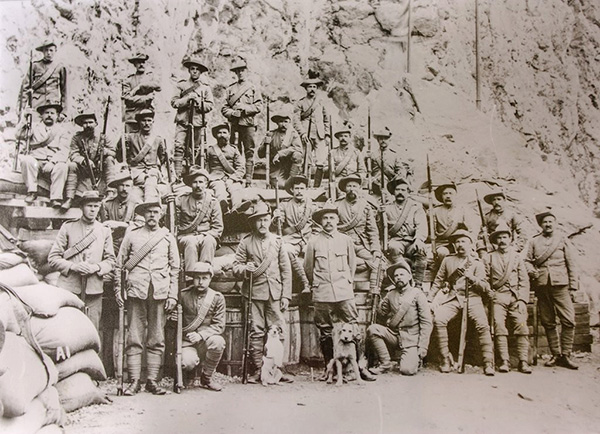History
Willowmore was established on the farm, The Willows, owned by William Moore, as a trading centre in 1864 and was first named Willow-Moore. William Joseph Moore's father, William Moore (Snr), was born in Buckinghamshire in England and married Ann Dove in 1792. In 1819 they migrated to the Cape Colony as part of the British Settler programme together with their children.
The junior William Moore’s first wife, Margaret Wiliamson, whom he married in London in 1817, died soon after his arrival in the district and he then married a local Dutch girl, Petronella Catharina Terblanche.
The town of Willow-Moore was founded in 1864, when William Joseph Moore and his business partner and brother-in-law Frederick Lehmkuhl donated land to the Dutch Reformed Church. In 1874 a magistracy was established and Willowmore became a municipality in 1884.
The Dutch Reformed congregation was established in Willowmore in 1864.
Before the construction of the church a spacious parsonage was designed and built by the renowned architect Carl Otto Hager from Stellenbosch. The parsonage was built for the first minister, Reverend P N Ham who arrived on the ship Brasilië from Holland. Reverend Ham stayed for two years and was replaced by Reverend George Murray, brother of the famous missionary Andrew Murray.
Originally the manse was a single story dwelling. With the need for school classrooms for the growing community and other social functions, it soon became too small. As a result a second floor was added in 1897, at a cost of £750 together with all the usual Victorian-era embellishments to the architectural designs typical of the time. The building was later used as a girl’s hostel for the local school and later as a store for agricultural products.
Today it is an elegant guesthouse with the Victorian architectural adornments, yellowwood top story floor and the other Oregon pine woodwork well preserved.
The original church was replaced and a new church designed by Carl Otto Hager was consecrated in 1879. This church in turn was demolished making way for a church of modern design.
During the late nineteenth and early twentieth century Willowmore had a thriving Jewish community of traders and business people and in common with many Karoo villages, a synagogue was built. The Jewish community is long gone, however, the old synagogue can still be seen in Victoria Street.
The erf was purchased for the building of the synagogue in 1906 and the foundation stone was laid on 8 April 1907. The Jewish community applied for a loan for the building in 1908 and by 1917 the Willowmore Hebrew congregation had 30 members.
The well-preserved Jewish graveyard can be visited, providing a glimpse of this industrious community long since departed.
Willowmore saw considerable action during the latter stages of the 2nd Anglo Boer War following the second Boer invasion of the Cape Colony during 1901. The village was attacked twice by Boer Commandos under the command of Commandant Gideon Scheepers on 19 January and 1 June 1901.
Martial law was imposed in most inland districts of the Cape Colony after the invasion of Boer forces under the command of Generals Hertzog and Kritzinger. Many of the local Dutch residents of the Cape Colony, despite their status as British Citizens, harboured sympathies for the Boer invaders creating an atmosphere of mistrust and suspicion between the erstwhile friendly Dutch and English communities.
The three-pronged attack on Willowmore by Commandant Gideon Scheepers with a commando of approximately 100 men on 19 January 1901 was repulsed by Colonial forces comprising the Willowmore Town Guard, the Willowmore District Mounted Troops together with other British forces in the district and the so-called Native Contingent, as reported by Captain Rudolph Diespecker SAMIF, with the loss of eight officers and men. The village was garrisoned with a combined force of 263 including 50 civilians.
On 1 June 1901 Commandant Gideon Scheepers again attacked the village under cover of poor weather conditions and was again repulsed by the Willowmore garrison with the loss of 10 men.
The railway line connecting Willowmore with the railway junction at Klipplaat was cut by the Scheepers’ Commando.
The raids on Willowmore were not intended to occupy the village, but rather by the need to loot badly needed supplies of food and ammunition.
The activities of the Boer Commandos in the invasion of the Cape Colony was an important tactic by the Boers to disrupt the British war effort in the Orange Free State and the Transvaal and to ensure that many Colonial troops were forced to garrison many of the remote towns and villages in the Cape Colony against the marauding Commandos.
The historical graveyard in Willowmore contains the graves of those who died during the 2nd Anglo Boer War as well as 13 residents who died during the calamitous Influenza epidemic that swept across South Africa in 1918.

